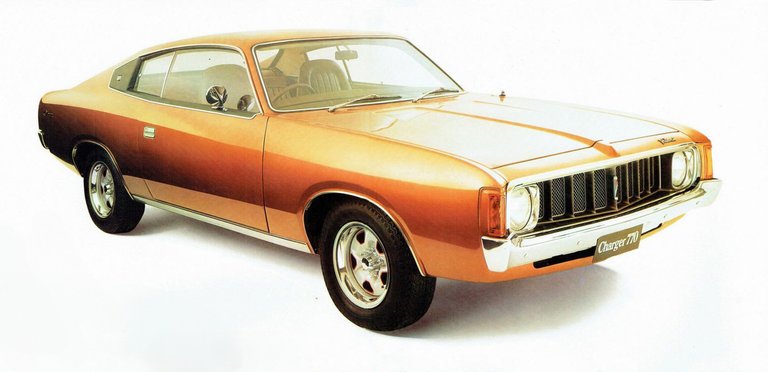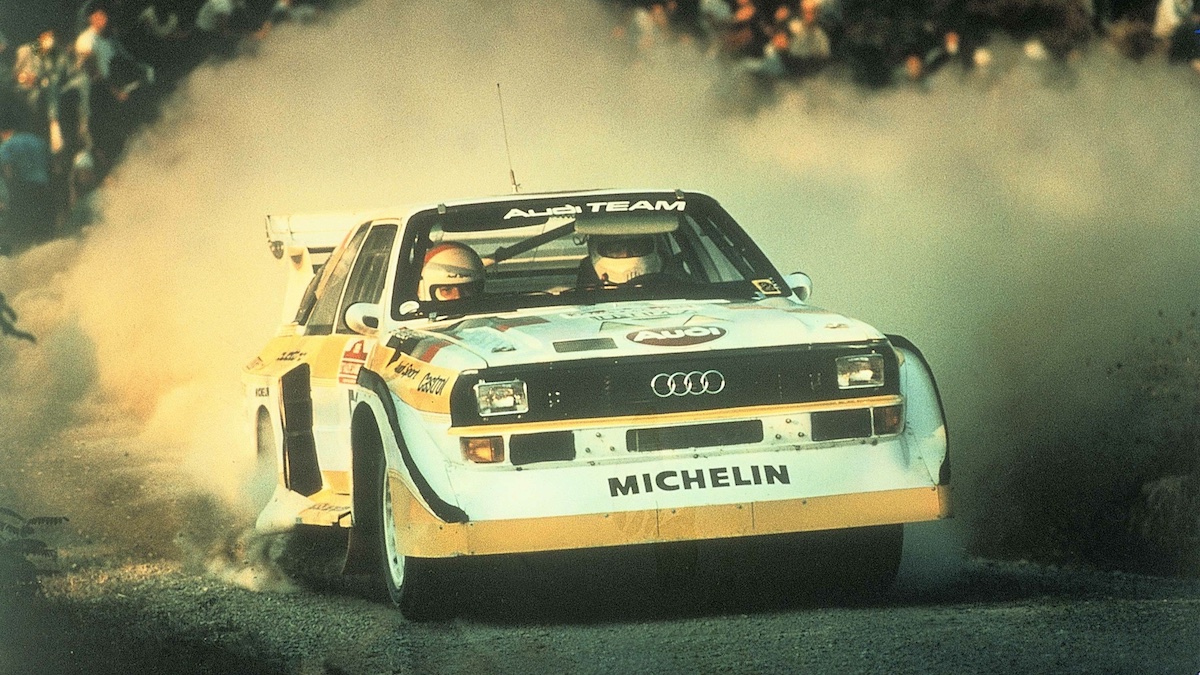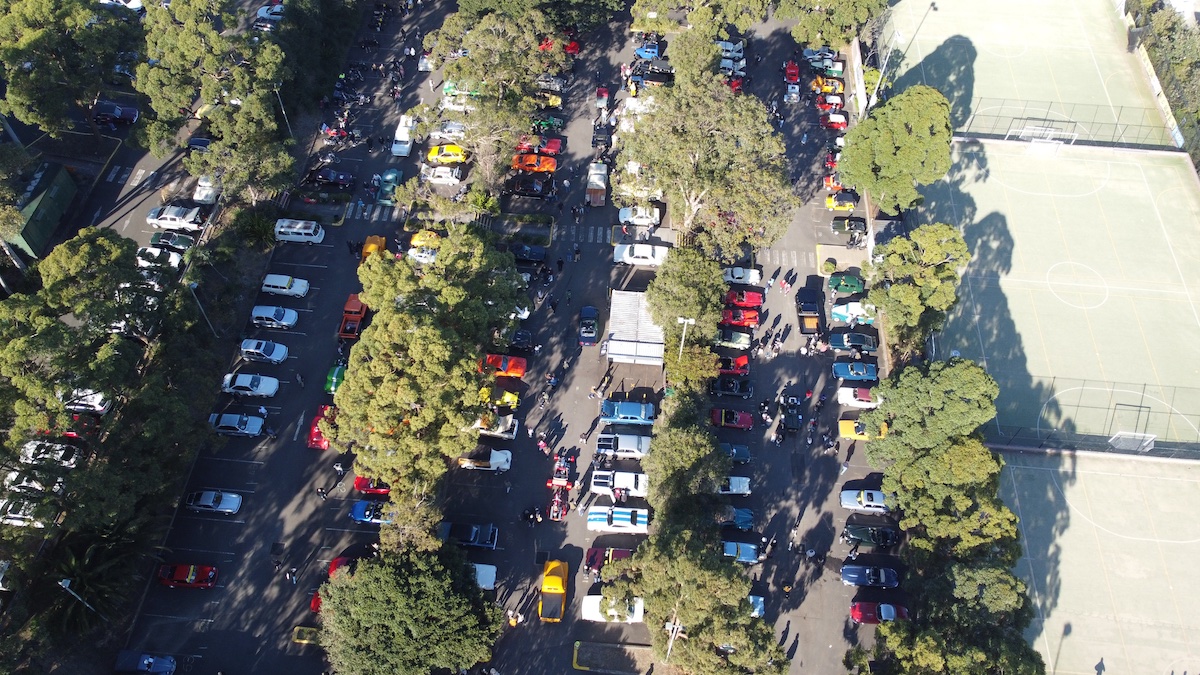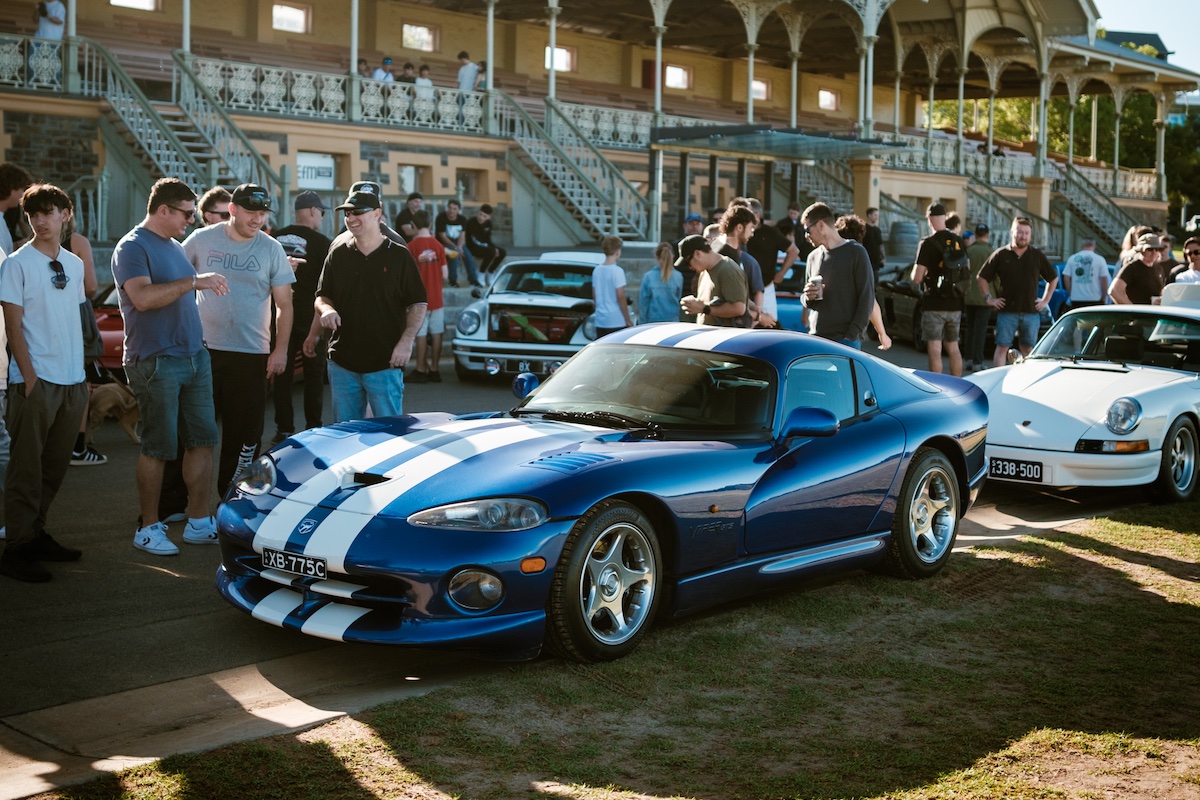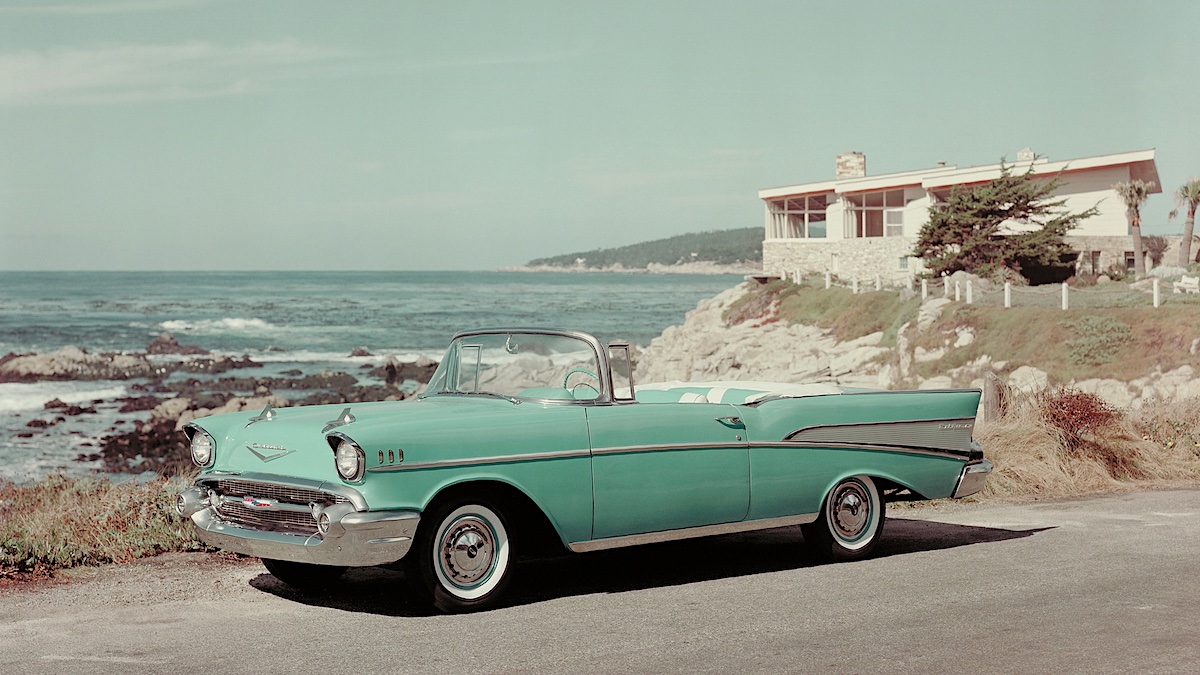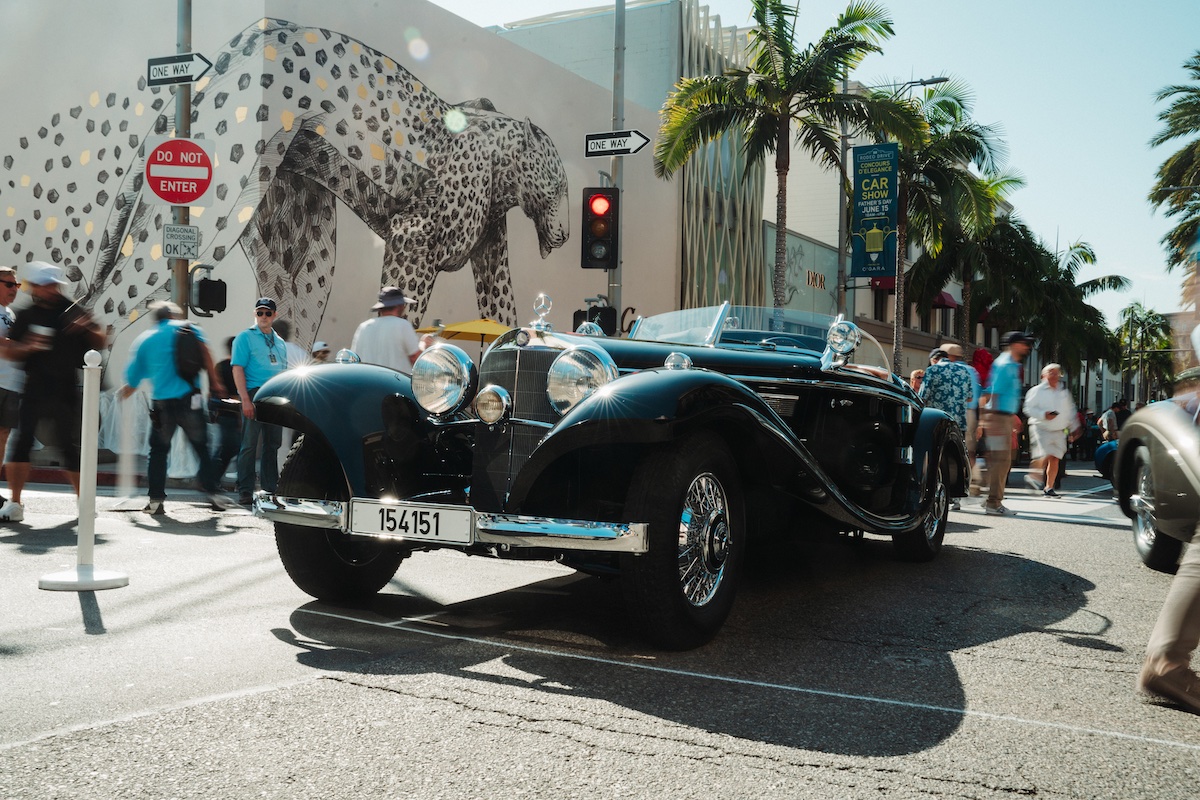During most of the 1960s, Chrysler ranked as the least adventurous of our ‘Big Three’ car makers, behind Holden and Ford. Then came the Charger and suddenly, owning a Chrysler became immediately ‘cool’.
Thanks to a hugely successful advertising campaign, ‘Hey Charger’ became the catch cry adopted by those too young to own a car, but their parents heard it loud and clear and suburban garages began to fill with the chunky two-door Valiants.
Basic Chargers with a 3.5-litre inline six-cylinder and three-speed column-shift manual gearchange were certainly affordable at $2795, but few people wanted the base model.
At release in 1971, the VH Charger was available in 770-trim, with Chrysler’s long-serving 5.2-litre ‘Fireball’ V8 or the 4.3-litre straight ‘six’ under its expansive bonnet.
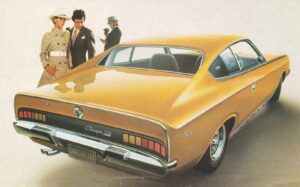
The 770 featured a more generous equipment list and improved suspension over lower-tier models
A three-speed automatic transmission was standard, with a four-speed manual available but rarely specified on what was positioned more as a grand tourer than the out-and-out street racer swagger of the later E49 Charger. A V8 automatic with no extras cost $4035, almost exactly the price of the 5.0-litre V8-powered Holden Monaro GTS.
The 770’s standard equipment included generous layers of sound deadening, cabin carpets, an alloy-spoked steering wheel, dash clock, pressed steel sports wheels, and vinyl body accents. Radial-ply tyres and heavier front torsion bars combined to deliver the 770 a ride and handling advantage over cheaper Charger models.
Acceleration from the 770 equipped with the 170kW V8 wasn’t in the rocket ship category, reaching 60mph (96km/h) in 9.6 seconds and taking 16.8 seconds to cover the standing 400 metres.
Drivers who opted for Chrysler’s 4.3-litre Hemi six also had plenty of low-rev torque available, minimising the need to floor the throttle when overtaking. All 770s had power assisted front disc brakes but most came without power steering, so required some strong-arming at low speeds but delivered decent feel at higher speeds.
A V8 automatic weighed 1430kg and consumed fuel at an average of 18.5L/100kms. At a time when petrol cost $0.12 cents per litre and wages averaged $2.40 an hour, four hours’ work (after tax) would fuel your Charger for a week. But that world was changing.
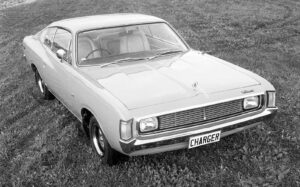
In its day, the thirsty V8’s fuel consumption was offset by fuel costing a mere $0.12 per litre
The VJ Charger that appeared in 1973 brought electronic ignition to help improve economy, which was becoming an issue due to rising fuel prices. Two years later, when the VK 770 model arrived it featured an innovative ‘Fuel Pacer’ – a blinking red light mounted on the driver’s side front mudguard that delivered an electronic warning when the driver was getting a bit too exuberant with the throttle.
By 1976 Chrysler’s large car fleet was in trouble and the brand turned to the smaller and more fuel-efficient Japanese-designed Sigma for survival. The luxurious 770s were the only variants remaining in the trimmed-down CL Charger range, with power supplied by the established 4.3-litre Hemi six, or an imported 5.9-litre V8. Some of the latter were supplied as ‘chasers’ for Police work.
A new grille and four headlamps enlivened the CL’s appearance but performance after 1977 suffered due to the new ADR27A emission standard. Production ended in late 1978 with a total of 31,857 Chargers having been built.
Values increased steadily from 1995-2015 before fear of missing out set in and the cost of excellent Charger 770s headed for $100,000. Values have moderated a little since and may decline further as the FOMO subsides.
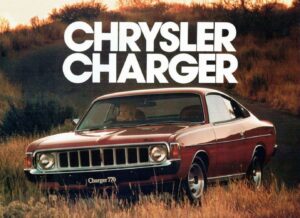
In the latter half of the ’70s, the Charger’s thirst for fuel spelled its demise, with Chrysler turning to more efficient vehicles such as the Sigma to invigorate sales
Things To Watch Out for When Buying a Used Chrysler Charger 770 (1971-78)
-
Underbody rust to torsion bar (front) and rear spring attachment points
-
Worn door hinges
-
V8 engine oil leaks
-
Sagging front suspension
-
Rear brakes locking too easily
-
Seat frames cracked or twisted and not locking in place
-
Side window seals leaking
Valuation Timeline Chrysler Charger 770 (1971-78)
🛠️ Timeline
$14,500
$24,500
$33,000
$55,000
$90,000
Investment Rating
5 / 10

